This morning, the National Assembly discussed in groups the draft Law on Planning (amended) and adjusted the National Master Plan for the 2021-2030 period, with a vision to 2050.
At the Can Tho group, delegate Nguyen Tuan Anh said the draft outlines the development orientation of the Can Tho urban area as building an urban system, in which Can Tho City is the core urban center connecting with neighboring urban areas; becoming a center of commercial services, finance, banking, tourism, seaports, marine economy , and international airports.
"We would like to include here the construction and development of Tran De seaport because the Can Tho urban area has a planned Tran De port, there is no other port yet" - the delegate suggested.
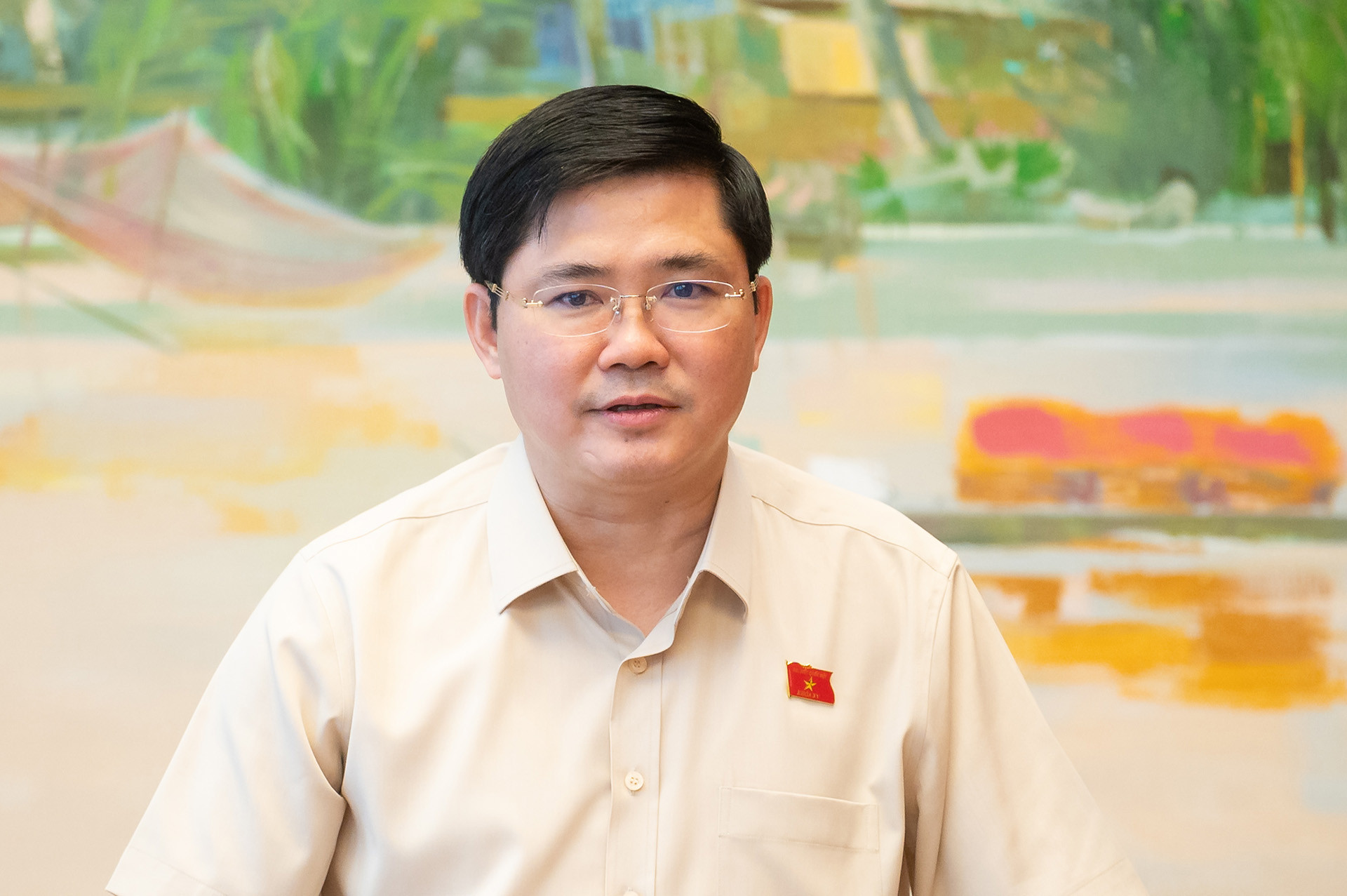
Delegate Nguyen Tuan Anh. Photo: National Assembly
The draft states: "Develop Can Tho City into a growth pole, promoting development of the entire Mekong Delta region". However, according to delegates, it is necessary to review and compare with Resolution 59 to ensure consistency, because Resolution 59 defines: "Develop Can Tho City into a national growth pole, playing the role of a core urban area, a driving force for development, spreading and leading the entire Mekong Delta region".
Therefore, the delegate proposed to fully supplement this content, because this is also the viewpoint identified in the documents of the Can Tho City Party Congress for the 2025-2030 term.
Sharing the same view, delegate Dao Chi Nghia also emphasized the necessity of adding investment in Tran De port to the list of national projects, and at the same time considering expanding Can Tho international airport. According to him, these are important projects, contributing to removing many bottlenecks in traffic infrastructure of the Mekong Delta, thereby promoting the role of the city as a regional center.
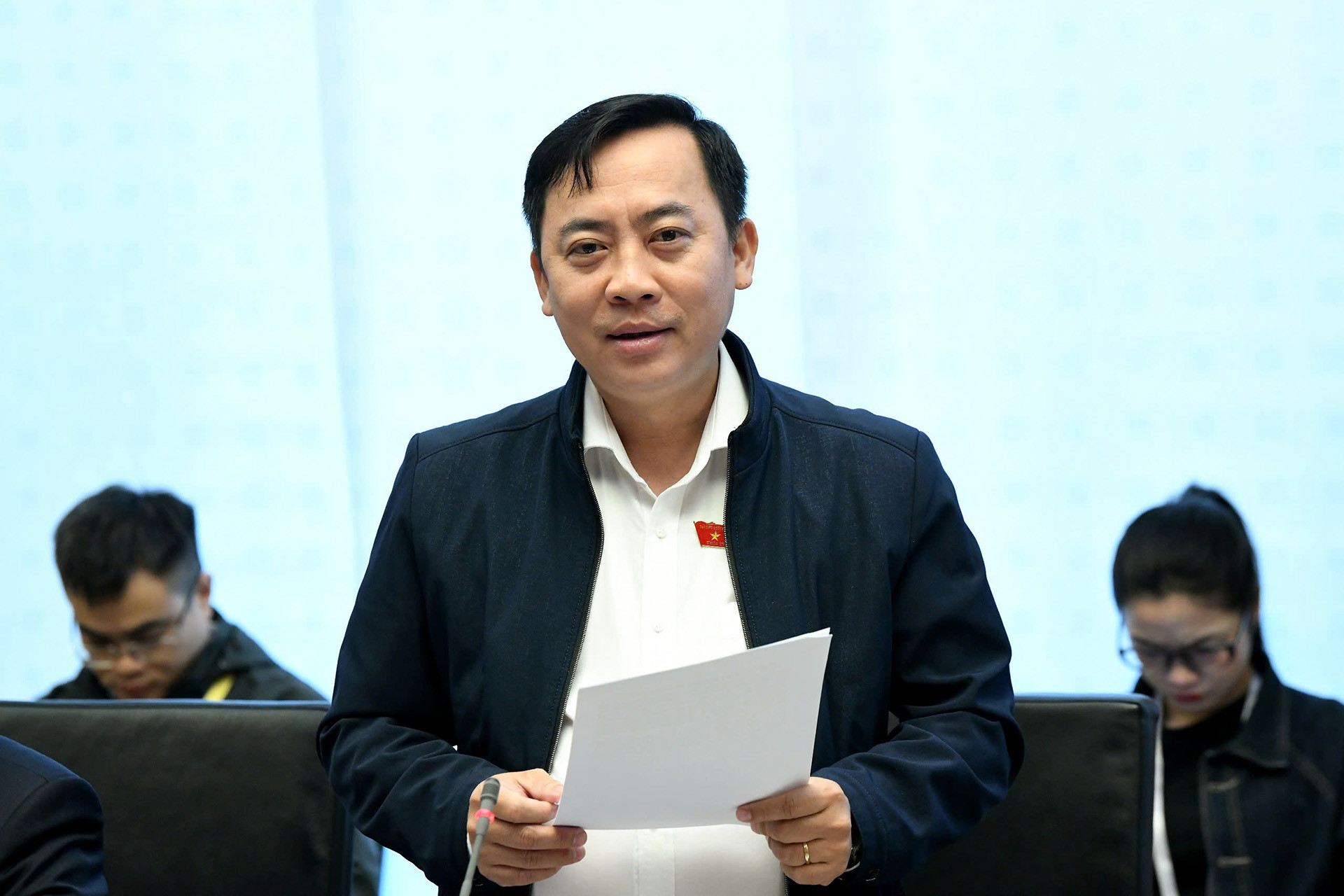
Delegate Dao Chi Nghia. Photo: National Assembly
Regarding the list of important national investment projects, the draft lists key national projects, including the Ho Chi Minh City - Can Tho railway line. The draft only identifies this project at the level of "research and investment preparation".
However, according to the results of the study to adjust the national master plan and the opinion of the Ministry of Construction, the railway from Ho Chi Minh City to Can Tho to connect the Mekong Delta is identified as an extremely important logistics axis. Therefore, the delegates suggested not only stopping at the level of research to prepare for investment but also need to be upgraded to a priority project to prepare for investment.
He shared that this is also a great desire of voters of Can Tho City in particular and voters of the Mekong Delta in general, to connect with the North-South high-speed railway.
Similar regional planning will become "jackfruit thorns"
Sharing about the planning of Tran De port, Finance Minister Nguyen Van Thang said this is a "very troubling" issue. According to Mr. Thang, when he was still at the Ministry of Transport, he discussed with the leaders of Can Tho City to find ways to call for and encourage businesses to build Tran De port.
"We must call on businesses to build and exploit effectively. If we do it ourselves, it will be very difficult," Mr. Thang affirmed.
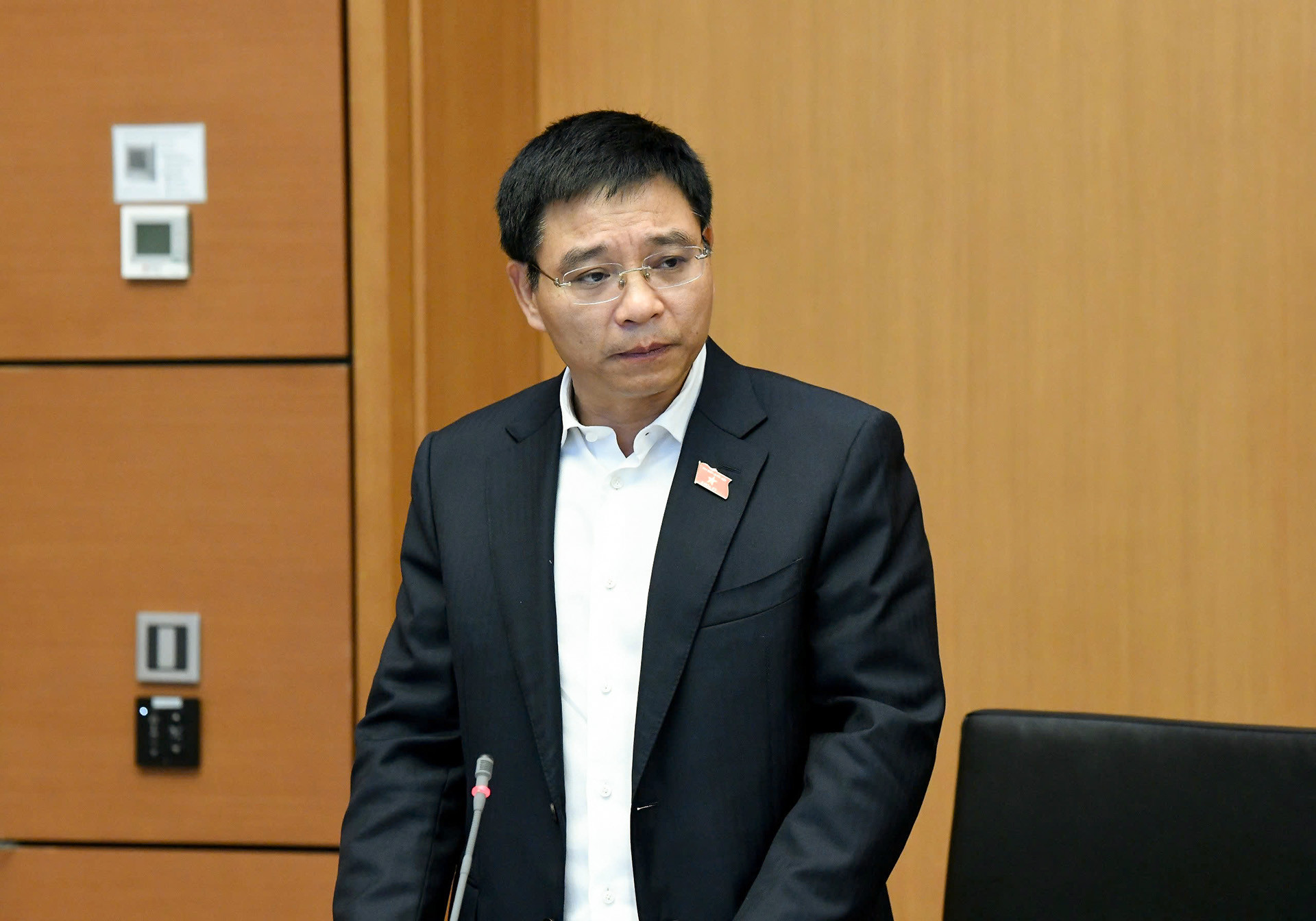
Minister of Finance Nguyen Van Thang speaks. Photo: National Assembly
Regarding Tran De port, the Minister of Finance emphasized the need to focus on infrastructure investment and have policies and mechanisms to attract and encourage businesses. This authority has been largely delegated to Can Tho City.
Along with port investment, according to Mr. Thang, what goods are exported through the port is also a problem.
“With a large port like Tran De, if we invest properly, it will cost billions of dollars, if not 2-3 billion dollars. If the private sector invests money to do it, what kind of goods will investors need to recover their investment and operate effectively?”, Mr. Thang raised the issue.
“That is the reason why, despite a very long time, we have not been able to attract businesses, even though we are ready to have businesses invest in infrastructure,” said Minister Nguyen Van Thang.
Regarding the development orientation of the region, including the Mekong Delta, the Minister of Finance commented that "it is also a very difficult problem". He said that along with focusing on rice or aquaculture, it is possible to consider economic development through processing and manufacturing industries.
According to the Minister of Finance, when setting up 6 regions and assigning roles, it is necessary to calculate based on the potential and strengths of each region, associated with each locality in that region. "If everything is included, and every region is the same, it will become a jackfruit thorn", the Minister of Finance likened.
Source: https://vietnamnet.vn/bo-truong-tai-chinh-can-2-3-ty-usd-de-dau-tu-cang-tran-de-ra-tam-ra-mon-2460502.html


![[Photo] Da Nang: Hundreds of people join hands to clean up a vital tourist route after storm No. 13](https://vphoto.vietnam.vn/thumb/1200x675/vietnam/resource/IMAGE/2025/11/07/1762491638903_image-3-1353-jpg.webp)







![[Video] 24-hour news on November 7, 2025: 10th session, 15th National Assembly: Planning is an institution to regulate society in the future](https://vphoto.vietnam.vn/thumb/402x226/vietnam/resource/IMAGE/2025/11/07/1762520750104_z7199669011182-d4f10084d0e84bd69869cc601b2c7710-jpg.webp)





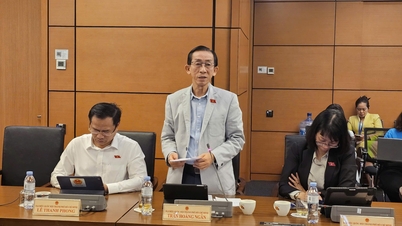



















































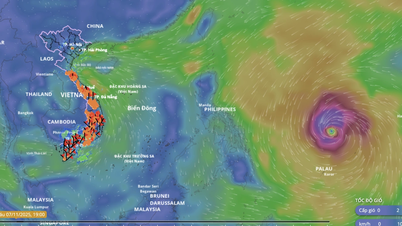





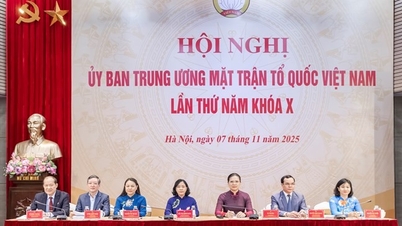
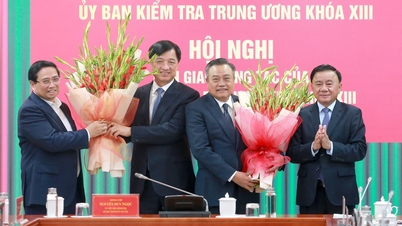






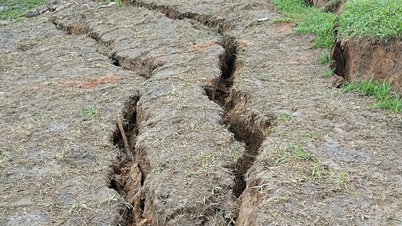
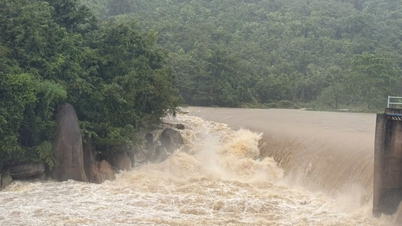
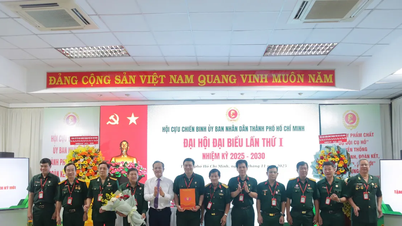
















Comment (0)